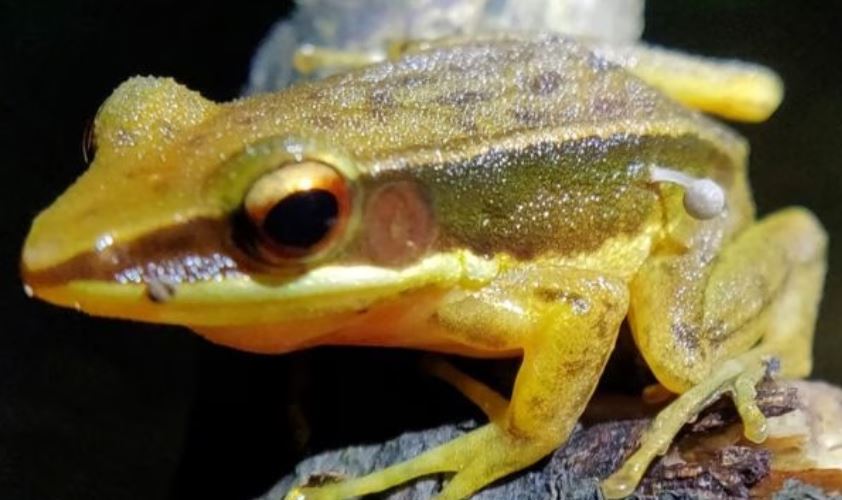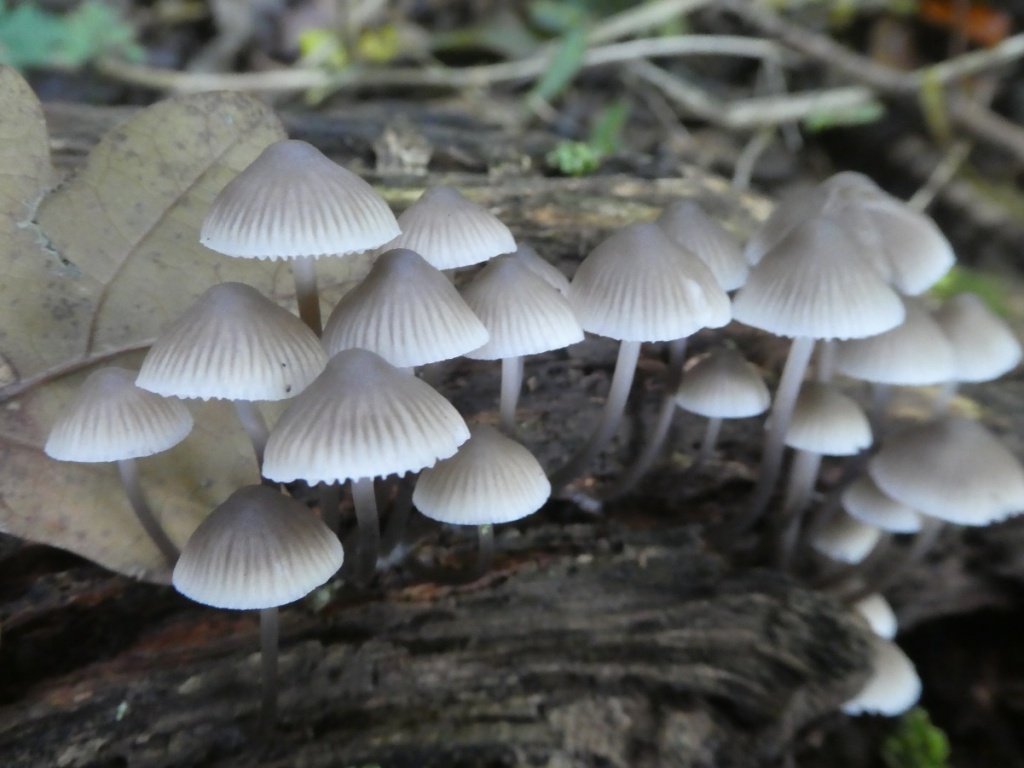Supreme Court introduces new ground rules to seek adjournments.
The circular also introduced a form that will need to be filled out to standardize the information that will need to be shared.
Mushroom growing on a frog in India baffles scientists.
Golden Backed Frog
|
Characteristics |
Description |
|
Name |
Indian Golden backed frog of western Ghats |
|
Scientific Name |
Indosylvirana aurantiaca |
|
Colour |
Golden-yellow back with brownish-grey markings |
|
Habitat |
Evergreen forests, swamps, and wetlands |
|
Found in |
Western Ghats in India |
|
IUCN status |
Least Concern (LC) |

Bonnet Mushroom

Types of symbiotic relationship
|
Mutualism |
Commensalism |
|
|
|
Parasitism |
Competition |
|
|
PM Modi's Pitch for Global South at World Governments Summit in Dubai.
Indian Prime Minister Narendra Modi and Shah Rukh Khan are the only Indians invited to address the esteemed World Government Summit (WGS) in Dubai.
Bubonic plague of infamous Black Death era strikes Oregon resident.
The Black Death was a bubonic plague pandemic occurring in Europe from 1346 to 1353.
The Ministry of Information and Broadcasting is organising a regional Community Radio Sammelan (South) celebrating 20 years of Community Radio in India.
February 13 is celebrated as the World Radio Day.